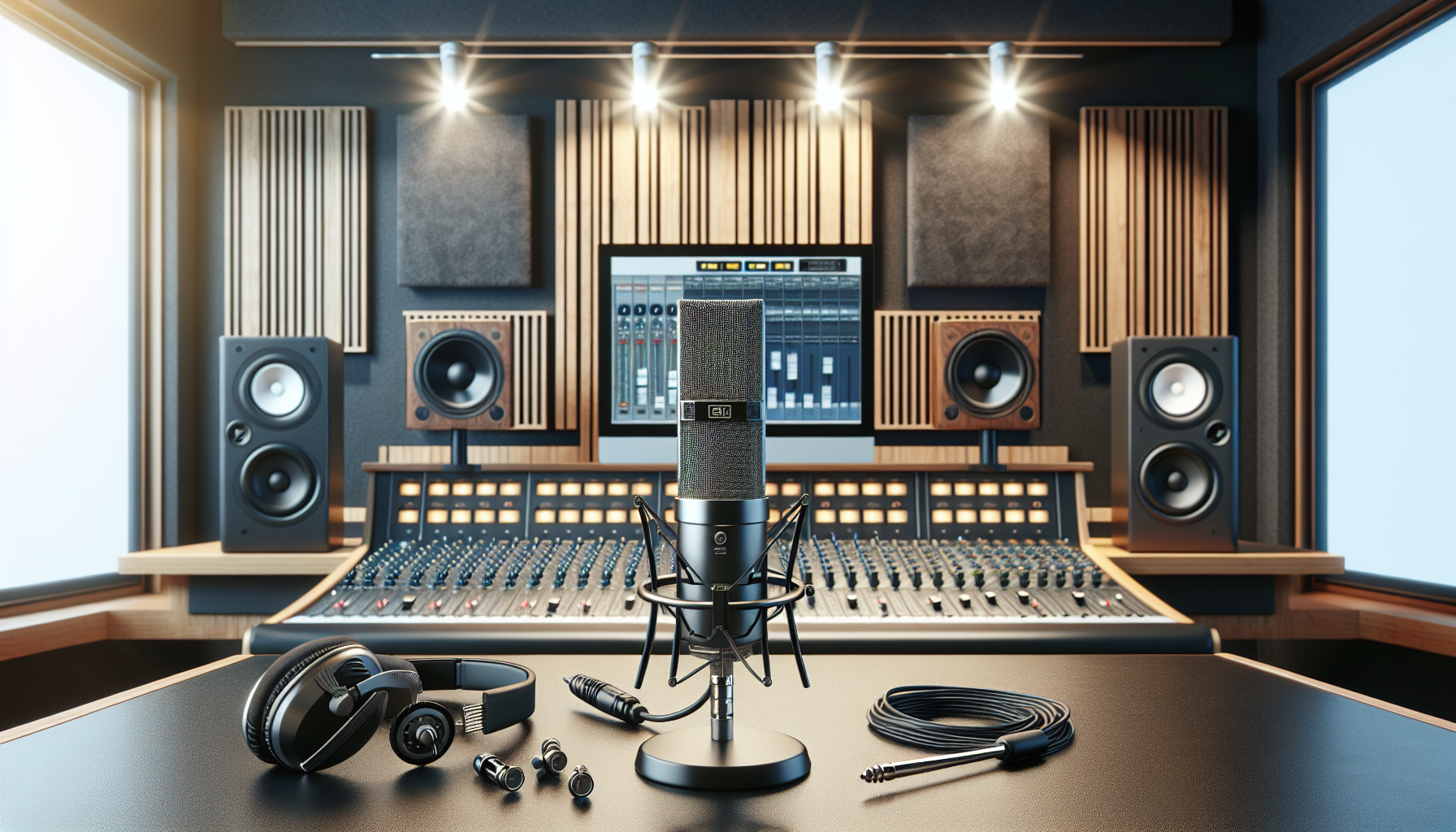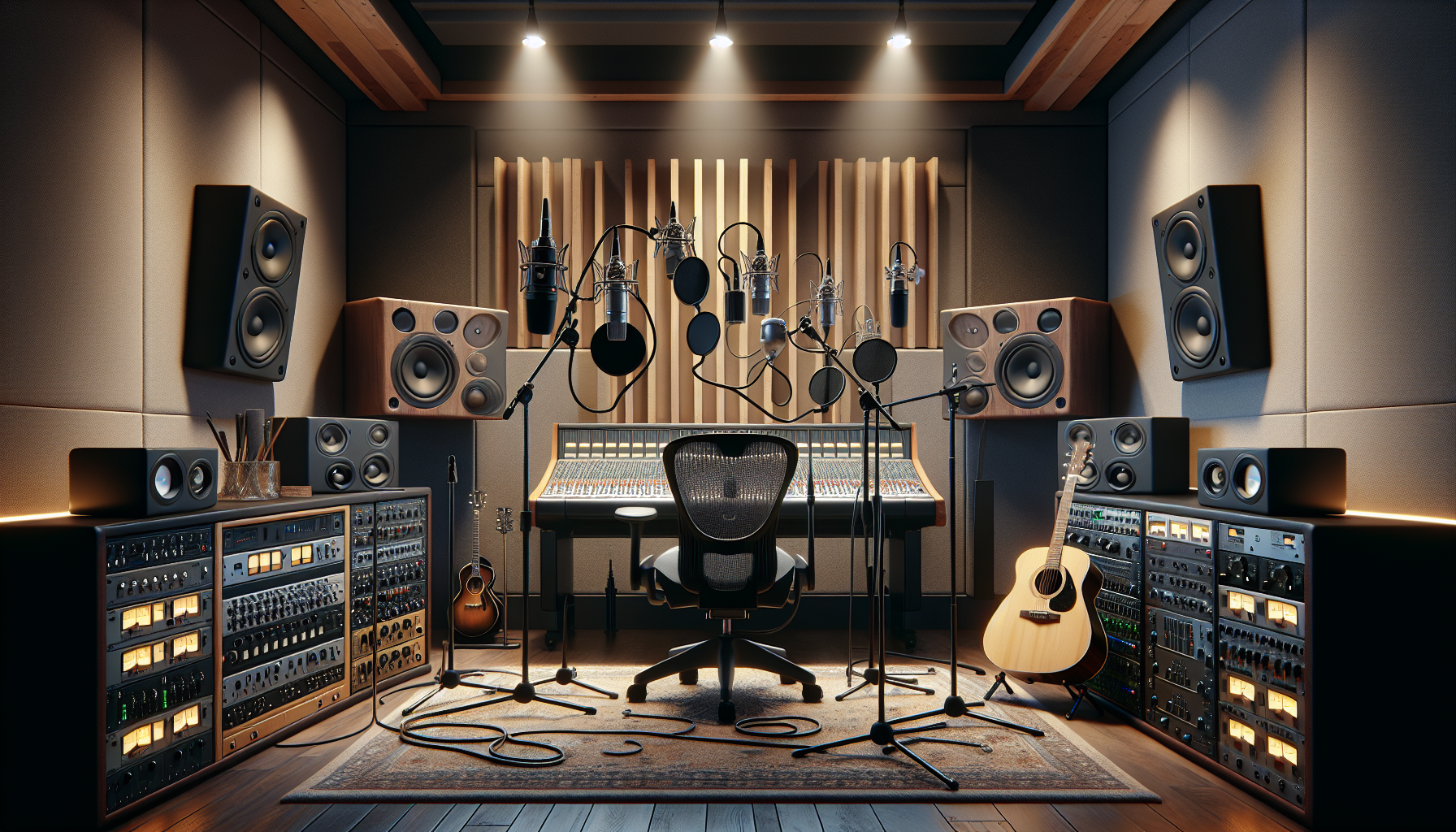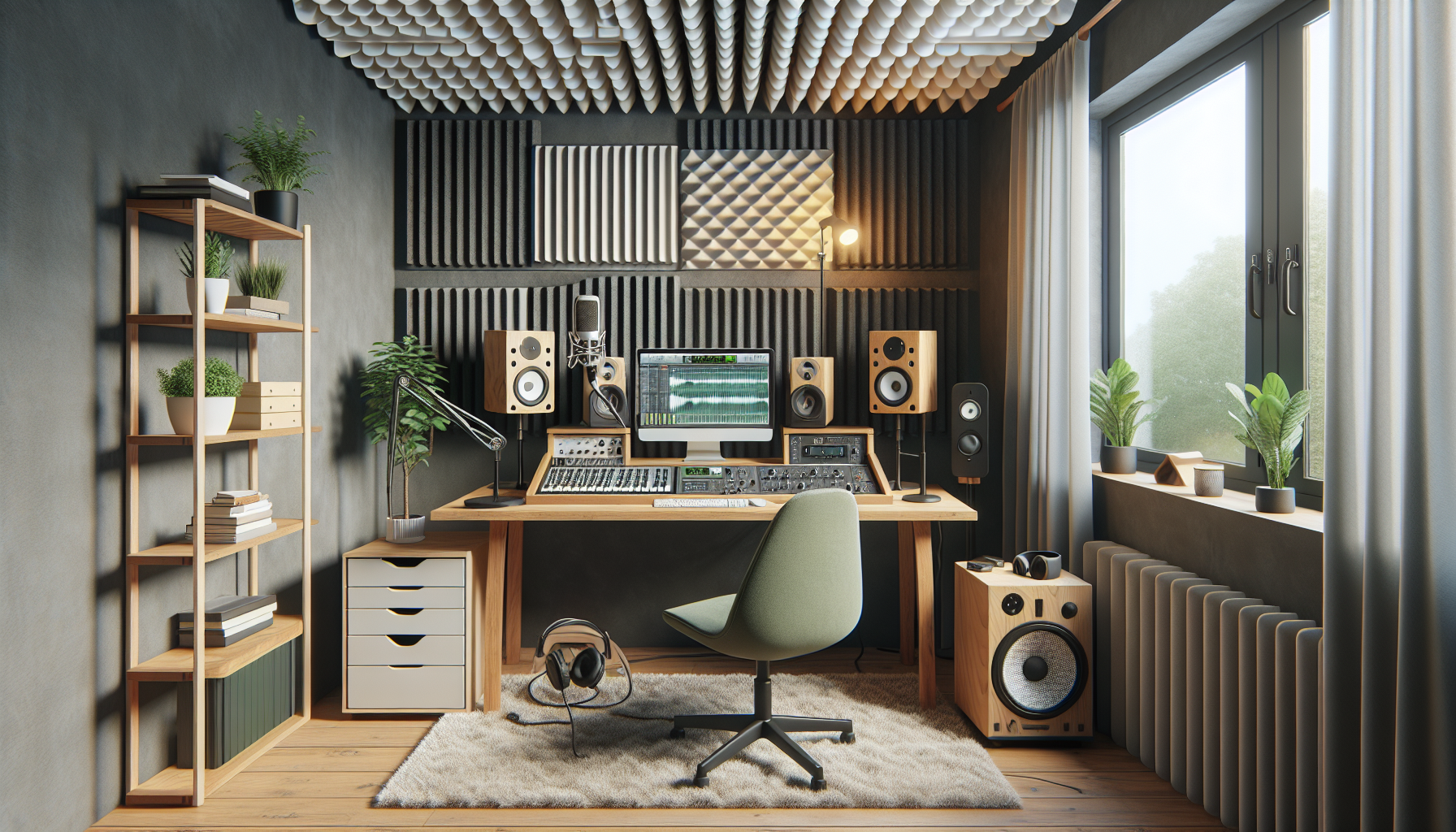Mastering Vocal Recording Quality: A Comprehensive Guide
For aspiring and experienced singers alike, the clarity and quality of vocal recordings can critically impact career opportunities. Whether crafting your first demo or recording vocals for a commercial release, comprehending the subtleties of vocal sound quality in studio environments is key. This guide delves into pivotal factors like microphone choice, room acoustics, and vocal effects that significantly enhance your outcomes. Prepare to elevate your vocal recordings to professional standards!
Selecting the Ideal Microphone
The microphone serves as your primary interface with the audio world, and choosing the right one is crucial for success. Condenser microphones excel in studio settings due to their sensitivity and ability to capture vocal subtleties. In contrast, dynamic microphones, known for their durability, are preferred for live performances. It is essential to choose a microphone that suits your voice type and musical style. Proper microphone positioning further optimizes your vocal capture.
Pro Tip: Test multiple microphones by recording a segment of a song with each and compare the playback to find the best match for your voice.
Enhancing Technique with Microphone Settings
Refining your microphone technique can transform your recordings from amateur to professional level. The microphone’s distance and angle relative to the singer directly impact sound quality. Experiment with various positions to discover where your vocals sound best. Additionally, adjust settings like gain level and polar patterns to fit your vocal style and the room’s acoustics. Managing microphone techniques helps avoid issues with plosives and sibilance, which can obscure your recording’s clarity.
Pro Tip: Utilize a pop filter and employ the ‘pencil trick’—tape a pencil vertically down the microphone’s diaphragm to mitigate the impact of plosives for a clearer sound.
Optimizing Room Acoustics for Recording
The recording environment plays a crucial role in the quality of your vocal tracks. A room with effective soundproofing eliminates unwanted noise and reverberations that can detract from the sound quality. Even basic DIY treatments, like installing acoustic panels or using heavy curtains, can significantly improve the acoustics. The aim is to create a ‘dead’ space that accurately captures the natural timbre of your voice without external interference.
Pro Tip: If a professional setup is out of reach, try recording in a closet filled with clothes, which can mimic the sound absorption qualities of professional-grade materials.
Applying Vocal Effects Wisely
Using vocal effects like reverb and compression can polish your recordings, providing a professional-grade sound. However, it’s vital to apply these effects sparingly to avoid making the vocals feel distant or overly processed. Starting with a mild compression can help in maintaining consistent vocal levels. Adding a light reverb enhances the space around your voice without compromising its natural quality.
Pro Tip: When using EQ, prioritize cutting problematic frequencies before boosting others to maintain the natural quality of your voice.
The Art of Mixing and Mastering
Mixing and mastering are critical in ensuring your vocals sit well within a track. Proper EQ techniques help eliminate frequency clashes and bring out the best in your voice. Use compression strategically to preserve the dynamic range while maintaining consistent levels. While home studios offer great flexibility, collaborating with a professional sound engineer can significantly boost the quality of major projects.
Pro Tip: While mixing, alternate listening through different speakers and headphones to gauge how your vocal mix translates across various sound systems.
Committing to Continuous Improvement
Continuous learning and regular practice are indispensable for honing your recording skills. Experiment with new techniques, stay updated with the latest technological advancements, and seek constructive feedback on your recordings. Leveraging both formal training and self-guided learning resources like online tutorials can greatly aid in your development.
Pro Tip: Regularly record and review your sessions to monitor your progress and identify areas needing improvement.
Conclusion: Taking Your Vocal Recordings Further
Advancing in vocal recording is an ongoing process of learning, practice, and experimentation. From selecting the appropriate microphone to perfecting your mixing skills, each step is an opportunity to better your sound. With patience and determination, use this guide to explore and enhance your vocal abilities and produce recordings that captivate your audience.
Ready to enhance your vocal recordings? Explore deeper into each discussed topic, apply these techniques, and seek expert advice to refine your vocal prowess.


